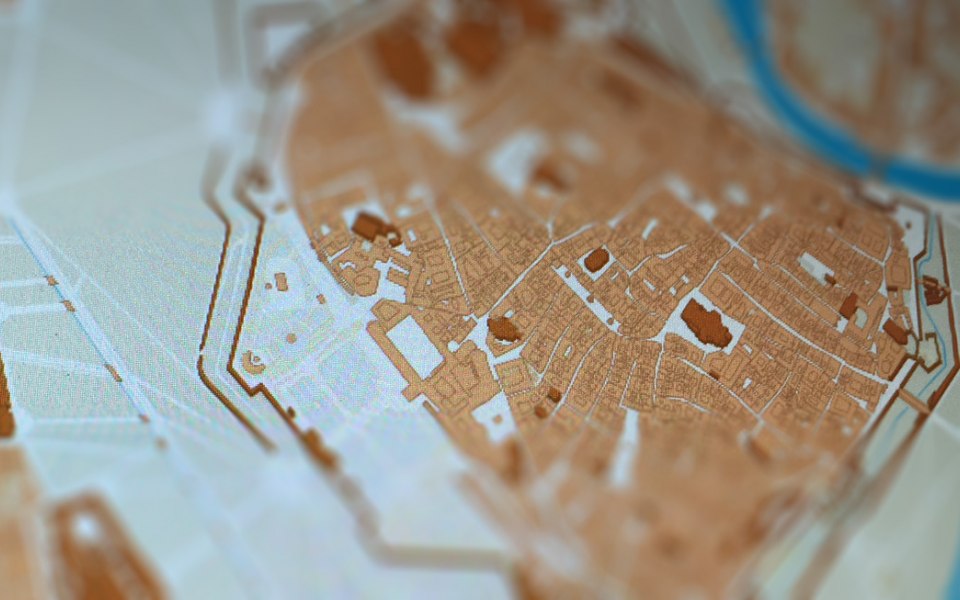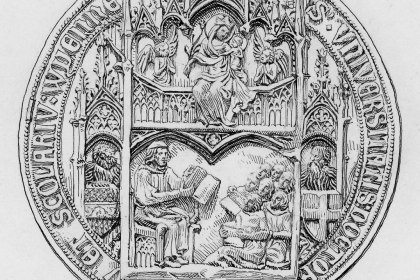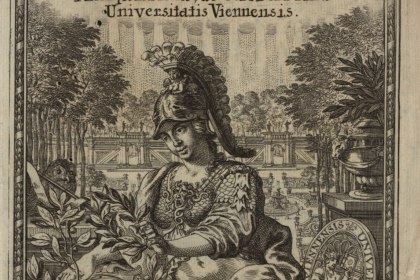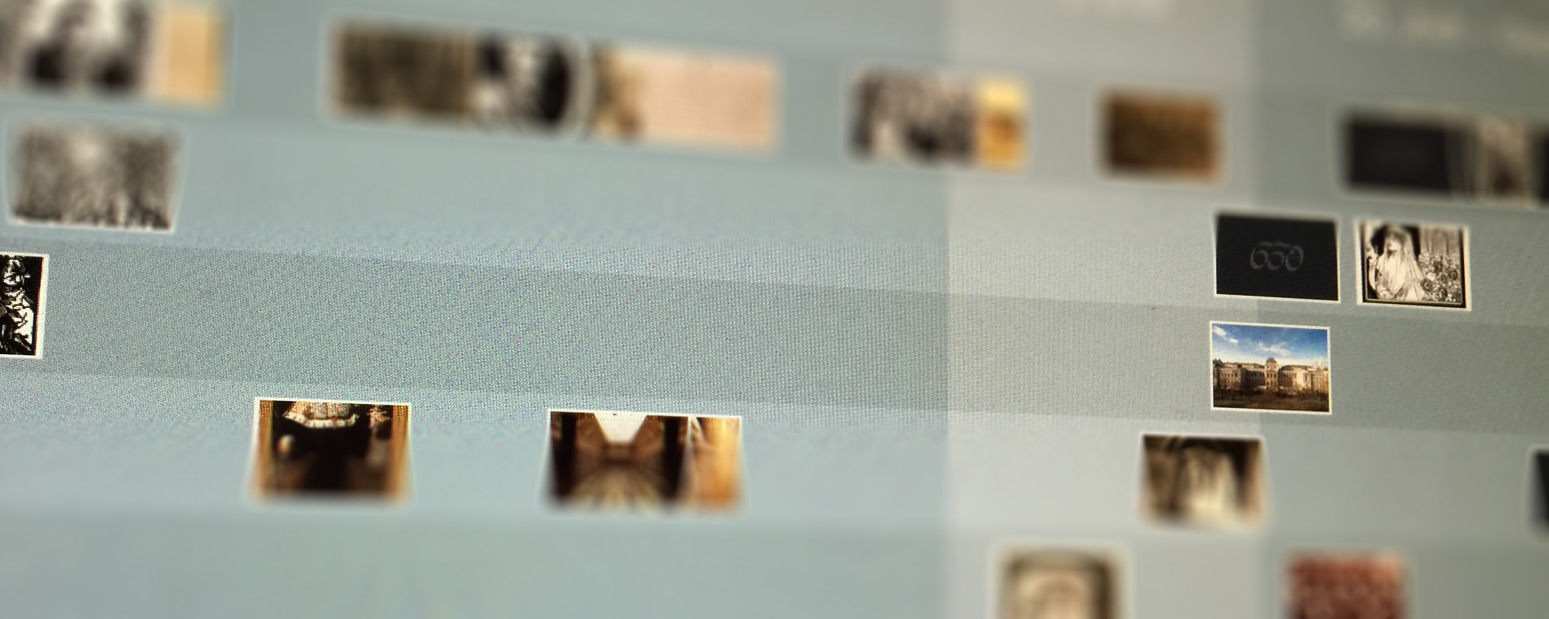Welcome to the website dedicated to the 650 years of University of Vienna history.
This history is presented through varied approaches via hypertextually connected content.
Topical access allows comprehensive insights with over 70 topics and articles in English.
Temporal and spatial references can be found on the interactive timeline and map.
Current topic
660 years of the University of Vienna
The year 2025 marks the 660th anniversary of the founding of the University of Vienna. As every year, on Dies academicus on March 12, the university's central public holiday, the founder Rudolf IV was commemorated and university honors were awarded. Since the 19th century, the founding anniversaries have provided an opportunity to look back on the long history of the university and a contemporary self-representation and showcase of achievements. On 12 March 2025, Nobel Prize winner Emmanuelle Charpentier was honored, the newly adapted installation “Nobel Prize and University of Vienna – Group picture with question mark” was unveiled in the main building of the university and various university history tours were offered for employees.
Interested?
Seven main topics
Persons
Currently more than 3,400 individuals with particular importance to the university history of Vienna are gathered in this profile database. This database includes basic data about the individuals, their functions (e.g. rector) and honors, as well as a growing number of short biographies.
See also main topic Actors
Images
The display depot offers an image-oriented approach to the website’s contents.
You can research in it with the help of filter and search functions.
Buildings
This category includes important historical and current university buildings with brief information on each building’s history.
These can be located on historic and current maps of Vienna and can be contextualized with the help of additional texts via links within the website.








